- Screen Reader Access
- Skip to : main content / navigation
- Text Size
- Home
- Sitemap
- Contact us
- हिंदी
Antarctica “the white continent” is the fifth largest continent in the world with its unique wildlife, extreme coldness, dryness, windiness and unexplored territories. The word Antarctica is derived from the Greek word antarktike, which means “opposite to north” i.e., opposite to the Arctic.
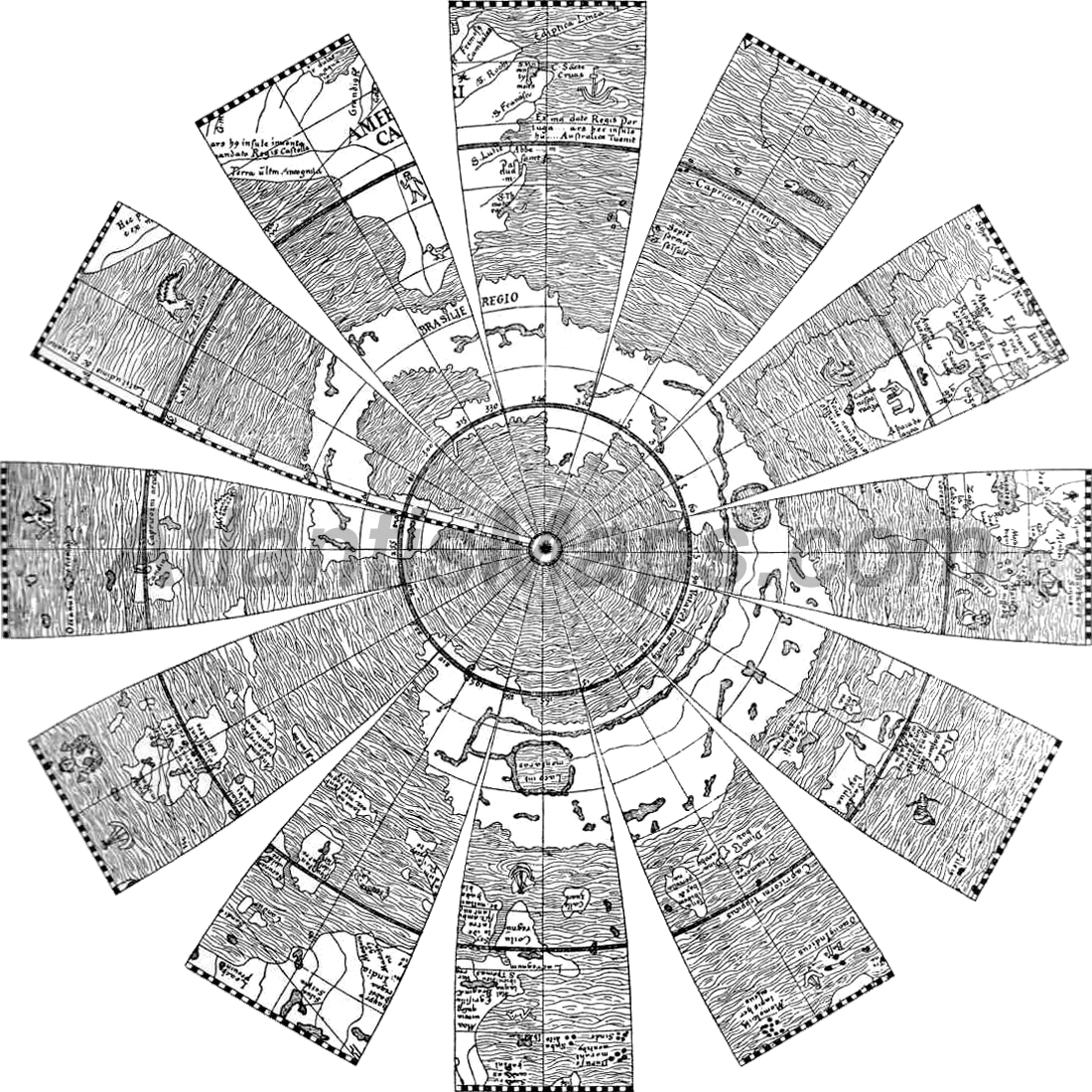
Johannes Schöner's 1515 globe gores of the southern hemisphere, which carry an extremely peculiar and vastly oversized rendering of the Antarctic continent. (Source: http://www.atlantismaps.com)
It is situated within the Antarctic Circle and is surrounded by Southern Ocean. James cook discovered Antarctica when he was crossing the Antarctic Circle. The world’s largest ocean current, the Antarctic circumpolar current circumvents the Antarctic continent. Of the 14 million-sq.km area, 98% is covered with thick ice sheets that formed 25 million years ago and holds 75% of the earth’s fresh water.
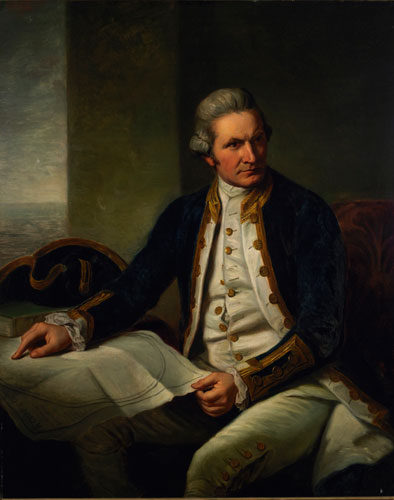
Captain James Cook
British explorer, navigator, cartographer, and captain in the Royal Navy. The first to have circum-navigated the Antarctica.
The remaining 2% ice-free areas dote Antarctica where major research stations have been established. Currently Antarctica is host to more than 50 research stations spread over the entire continent. A growth of research stations from 1912 to present day is represented in the figure below.
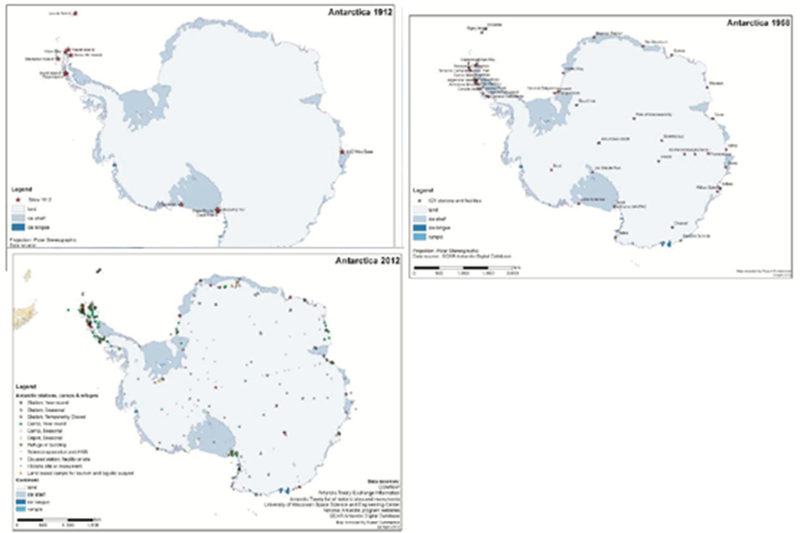
Source:
Tina Tin and Rupert Summerson, In: International Journal of Wildernessvol. 19, No. 3: Dec 2013.
The average thickness of the ice sheet is about 1.9k m with the highest being 3.6 km near the pole. It has the highest average elevation among all the continents. It is the only continent, which is uninhabited by humans. Over 170 million years ago, Antarctica and India were a part of the Gondwana and further a part of the super-continent Pangea. Due to plate tectonics, the continents split and moved to form new continents. Antarctica was thus formed and reached its present position about 25 million years ago.
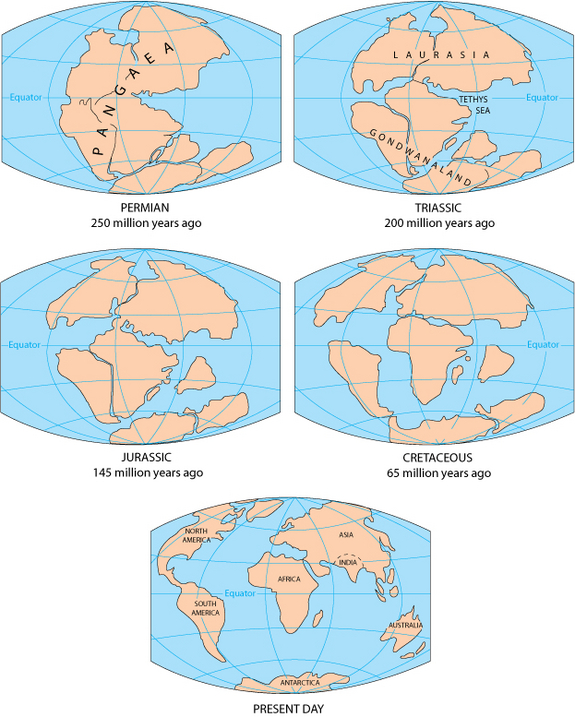
Source: http://i.livescience.com
The weather in Antarctica varies between extremely cold (winter) to cold (summer). The lowest temperature recorded on earth is -89⁰C inVostok station of Antarctica was on 21 July 1983 (78°27′50″S 106°50′15″E). Typical minimum temperature during winter range between -80ºC to -90ºC in the interior and the maximum temperatures in summer range from 5ºC to 15ºC along the coast. Antarctica is a cold desert (Heywood 1984) because its average precipitation is about 10 cm per year, only 4 times higher than that of the annual precipitation in Sahara Desert. Precipitation is mostly in the form of snowfall. Some exceptional phenomena’s such as Aurora Australis (natural light display in the sky formed due to the collision of solar wind and magnetospheric charged particles), sundog (it is bright light spot on either side of the sun like a halo) and diamond dust (it is a ground level cloud consisting of small ice crystals) are observed in Antarctica which are unique to this region.
Diversity of flora is very low in Antarctica because of its extremely low temperature, moisture, low precipitation, etc., which hinders any plant growth. However, some species of mosses, lichens, liverworts and algae can be found in Antarctica, which can survive extreme cold conditions.Antarctican hair grass and Antarcticanpearlwort are the two flowering plants occurring in the South Orkney Island, the South Shetland Islands along the Western Antarctic Peninsula. Some Antarctic islands are habitat to moths, flies and midges. Penguins, Skua, Snow petrels, Albatross are the birds which habitat Antarctica which can survive extreme coldness. The marine life consists of whales, fish, cephalopods, seals and krill. Krill has an important role in the food chain as it is the main food source of the Antarctic marine organisms. These Antarctic organisms have different features for surviving the extreme coldness of the continent such as large body size, slow growth and limited species.
The most important Antarctica treaty was signed in 1959 in Washington, which has 14 articles. At the beginning of this treaty, there were 12 countries and now the members of the treaty have increased to 50. The treaty prohibits military activities, nuclear explosions, mineral exploration and waste disposal and supports only scientific research. In 1991, 24 nations decided to ban the oil and other mineral exploration until 2048. . More on the Treaty and documents related can be found on the Antarctic Treaty website (www.ats.aq). The recent elevated carbon emissions along with greenhouse gases and ozone depletion has been a concern as this may lead to rapid melting of ice. If the ice in Antarctic were to melt, the sea level would rise to approximately 63 m, which will affect all the coastal cities by inundating them. An interactive map has been published by National Geographic Magazine which can be viewed here (click here: http://ngm.nationalgeographic.com/2013/09/rising-seas/if-ice-melted-map?utm_source=Facebook&utm_medium=Social&utm_content=link_fb20131104ngm-mapice&utm_campaign=Content).Almost 30 countries have constructed around 69 research stations in different regions of Antarctica. Argentina and Russia have more than 5 number of research stations. The largest research station in Antarctica is McMurdo constructed by USA which is capable of catering to 1000 researchers.
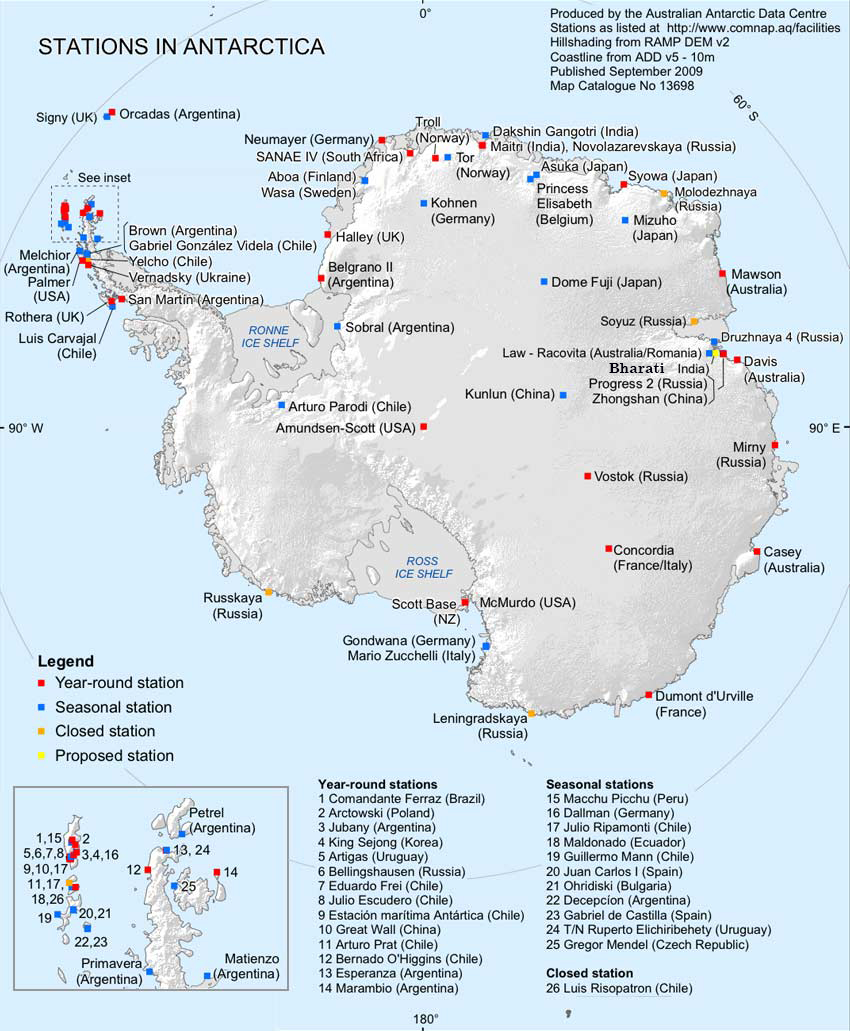
Location of Research Stations in Antarctica (Source: Australian Antarctic Data Centre)
Schirmacher Hills or Oasis (SH) and Larsemann Hills (LH) are the ice-free oasis in which India has its two scientific year round operating Antarctic research stations, the former since the last 32 years while the latter was commissioned four years ago in 2012. Both the SH and LH regions are a group of low, bare, rounded hills, rising to between 80 and 180 m, located in the Dronning Maud Land and along the Ingrid Christensen Coast respectively.
Building Cyber Resilience: Cyber Awareness Programme at NCPOR
Echoes from the Ends of the Earth – A National Level Short Filmmaking Competition
Strengthening International Collaboration in Polar and Ocean Sciences
The New Year at NCPOR began with a special address by Dr. Thamban Meloth, Director, NCPOR
The 46th Indian Scientific Expedition to Antarctica (46-ISEA)